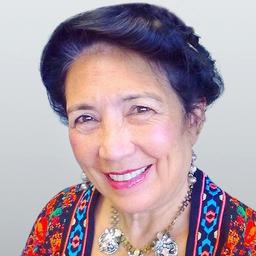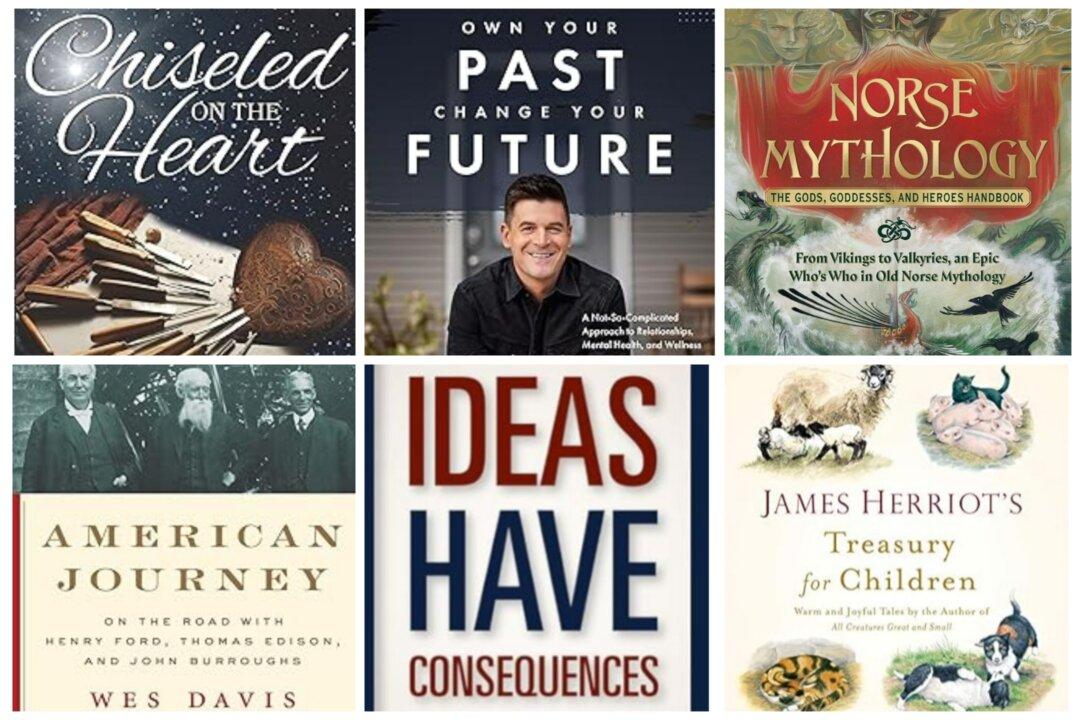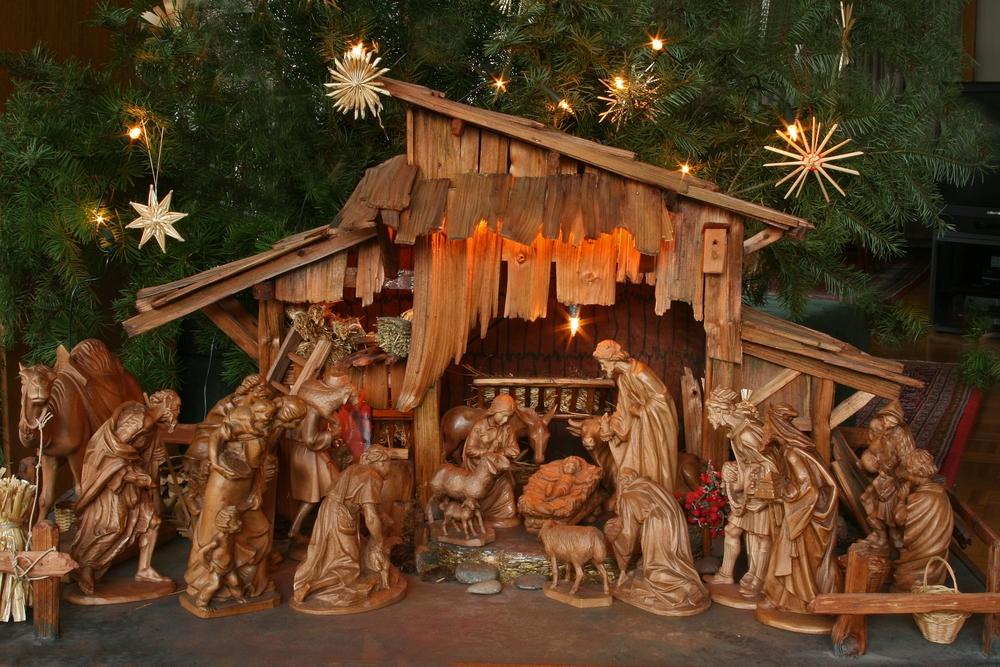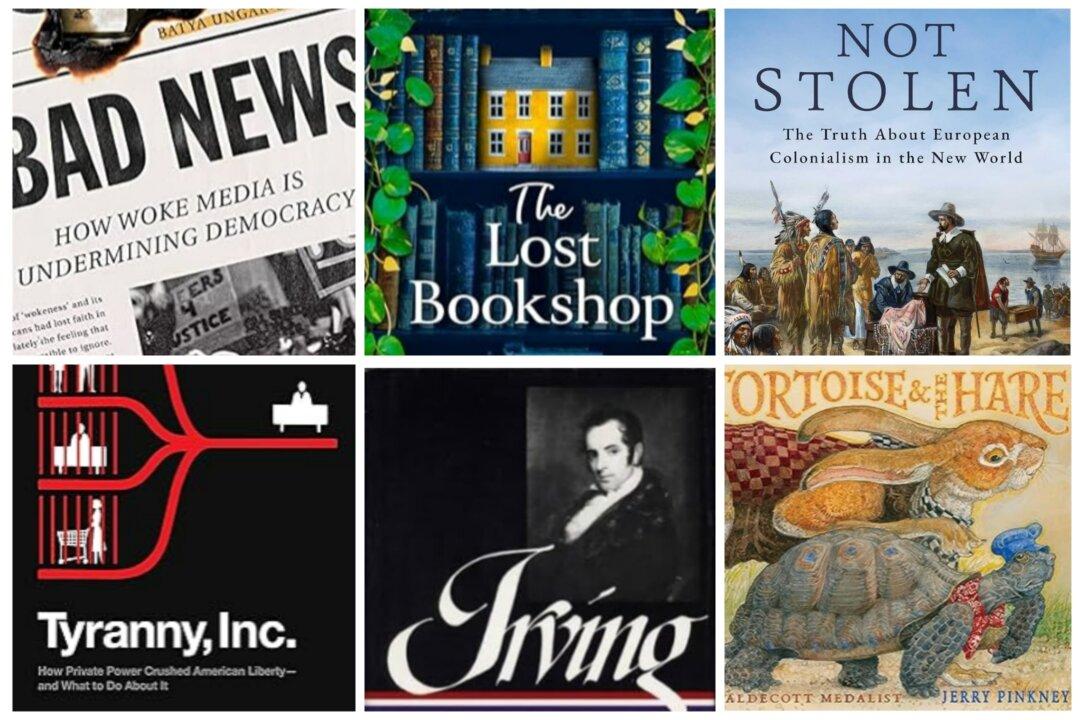It’s been 160 years since the Homestead Act of 1862 encouraged folks to head west for a chance at a new beginning. Thousands took advantage to claim the government’s offer of 160 acres. History tells us that while some succeeded, many failed due to inexperience, lack of money to buy equipment, and the environment.
But today, there’s a new breed of homesteaders. These modern-day pioneers share the same entrepreneurial spirit, guts, and enthusiasm—perhaps standing on the shoulders of past trailblazers—but they have a distinct advantage. They’re younger, better educated, and, realistically, more tech-savvy. Often city slickers who left for the country, their decision to reinvent themselves and create a different lifestyle, combining the old way of doing things with contemporary conveniences, has created its own, if unconventional, kind of resiliency.

Jill Winger and her husband, Christian, were on the same page from the very start. “We were on our second date,” recalled Winger, in her early 20s and living in the city at the time. “We were talking and we knew for sure that we wanted land and cattle. We knew we weren’t going to inherit that, and we wanted something different.”
Fast-forward more than a decade, and they now homestead on 67 acres in rural Wyoming and have a thriving, home-based business at the forefront of the new homestead movement. As the creator of the website The Prairie Homestead, which has some 530,000 page views with 325,000 unique visitors per month, Winger has become a voice and mentor for budding homesteaders across the country—or simply anyone looking to live more sustainably. “There are so many options open. … It’s about making life better,” Winger said.
Through blog posts, e-books, a podcast, and YouTube videos, she shares about subjects as varied as saving tomato seeds, finding a good detangler for a horse’s mane, and planning for the upcoming homeschool year. She’s also written one cookbook, “The Prairie Homestead Cookbook: Simple Recipes for Heritage Cooking in Any Kitchen,” and is working on a second.

Path to the Homestead
Winger is a horse person. Her path to property began with an effort to find space for her horses.It was 2008, and she and Christian had married. “We were renting a little house near Chugwater, [Wyoming,] and then this property came up on the market. It had land for my horses and it was within our budget,” she said.
When her parents saw the pictures of the place, they weren’t impressed. Close friends wondered if they had lost their minds. The house was old and small—it had been built in 1914 and measured a meager 900 square feet. Christian is an electrician by trade, and his job was 30 miles south; Winger was a veterinary technician, and her job was 30 miles north.

Building a New Life
“We lived for the weekends,” Winger recalled of their early years. “We’d go to our jobs during the week, come home, and get to work on the place during the weekends, … start rebuilding fences or whatever project needed our attention.”Two years later, Winger was pregnant with their first child. Despite being down to one income with a mortgage over their heads and a baby on the way, they didn’t despair. They got creative.

Back then, “I didn’t know what homesteading was,” Winger admitted, but they decided to start growing their own food. “I had this time at home and I was looking for ways to make ends meet.” Winger remembers the discomfort, stress, and scrutiny of their situation at the time. No doubt there was something easier they could be doing with their lives. Still, “we knew in our guts that we were doing the right thing,” she said. “We had faith.”
She started to grow vegetables. She learned how to raise chickens. And, in tandem with being in the garden and tending flocks of hens, she turned her attention to technology. She built a website—and quickly discovered that her enthusiasm for homesteading was bolstered when she started to connect with others who were doing the same thing.
“The really surprising piece is how much I’ve grown to love homesteading, and finding other people who share this dream,” she said, recalling the first time she was messaged on her website. “It was so exciting, so gratifying.” Winger found that building an online community was huge for her. It broke the isolation and extended her world way beyond Wyoming.
“Homesteading was my saving grace,” she said. “We were young and inexperienced; it’s definitely been ‘learn as you go.’” But Winger is a firm advocate that if you stop learning, you’re dead. Along with raising animals and growing produce, she educated herself on branding, marketing, and building her newfound business.

Community Counts
Two more children followed in 2012 and 2015, and Christian was able to quit his electrician job. As their kids reached schooling age, the Wingers again took the less common route. “We’re homeschooling all three,” said Winger, who was homeschooled herself growing up in Idaho. “It fits beautifully with our lifestyle; … the children have so many different learning experiences.”Four years ago, they turned their dream of owning cattle into reality. Their 40 acres grew to 67 as they began leasing additional acres for their cattle. They raise chickens and pork for their own consumption, but beef is packed and shipped from their property nationwide. “We don’t use middlemen,” said Winger. “It’s very satisfying to sell directly to the customer.”
As they continued to invest in themselves, they realized that investing in others is also critical to making it all work. At first, “we were fairly new to the community, building our home and really reclusive,” Winger said. “But at some point, you realize that you need to be involved, to have that community experience, and invest in your community.” Today, they’ve created connections with local farms, producers, and other homesteaders, both locally and online. Christian may barter electrical skills for hay, or perhaps cattle for goats.

Restoring Our Roots
Jill and Christian Winger have been homesteading for nearly 15 years now. They are not off-grid; they do rely on utilities; and certainly, the farm doesn’t supply them with everything they need. Still, they are as self-reliant as they can be—and living a lifestyle out of the ordinary.But it seems they’re not alone. “I think culturally, the pendulum is swinging back to center,” Winger reflected. “We’ve lost that piece that our brains need to create, produce, and accomplish. Our brains are wired for that.
“Small towns are experiencing a renaissance, more people are feeling the pull for healthier solutions, and it is so much easier to connect through the internet.”

Still, Winger knows the road isn’t easy. “The main thing is you have to keep pushing, don’t quit,” she encouraged. “Animals die, gardens get wormed out. You’ll learn to read the roadblocks; it’s quite natural to have setbacks.
“Looking to the past reminds me there’s nothing new under the sun, and that’s oddly reassuring,” she added. “On a practical level, reading the stories about vicious prairie blizzards in our region or relentless grasshoppers reminds me that if my ancestors survived those hardships, so can I.
“But on a deeper level, reading of their deep ties to their land, or the freedom they felt as they pushed against societal norms, bolsters my resolve and makes me so very proud to be following in their footsteps, even in a modern sense.”
For Winger and her family, homesteading is still “a fascinating path,” she said, and one that never ends. It’s a life at once tender and tough, strong and serene, sometimes chaotic but always creative. “It’s opened up our worldview to try something different, to push aside the norms, … and be brave enough to blaze our own trail and make it happen.”






